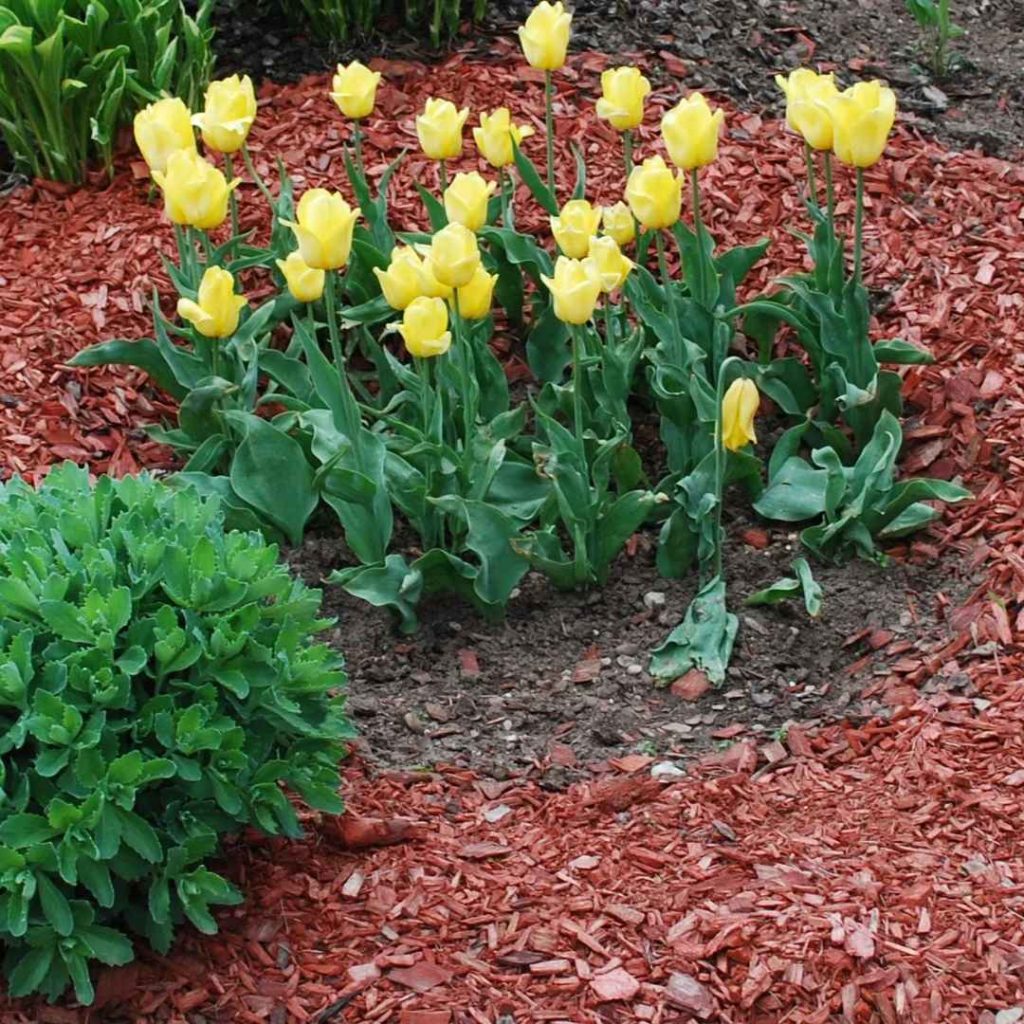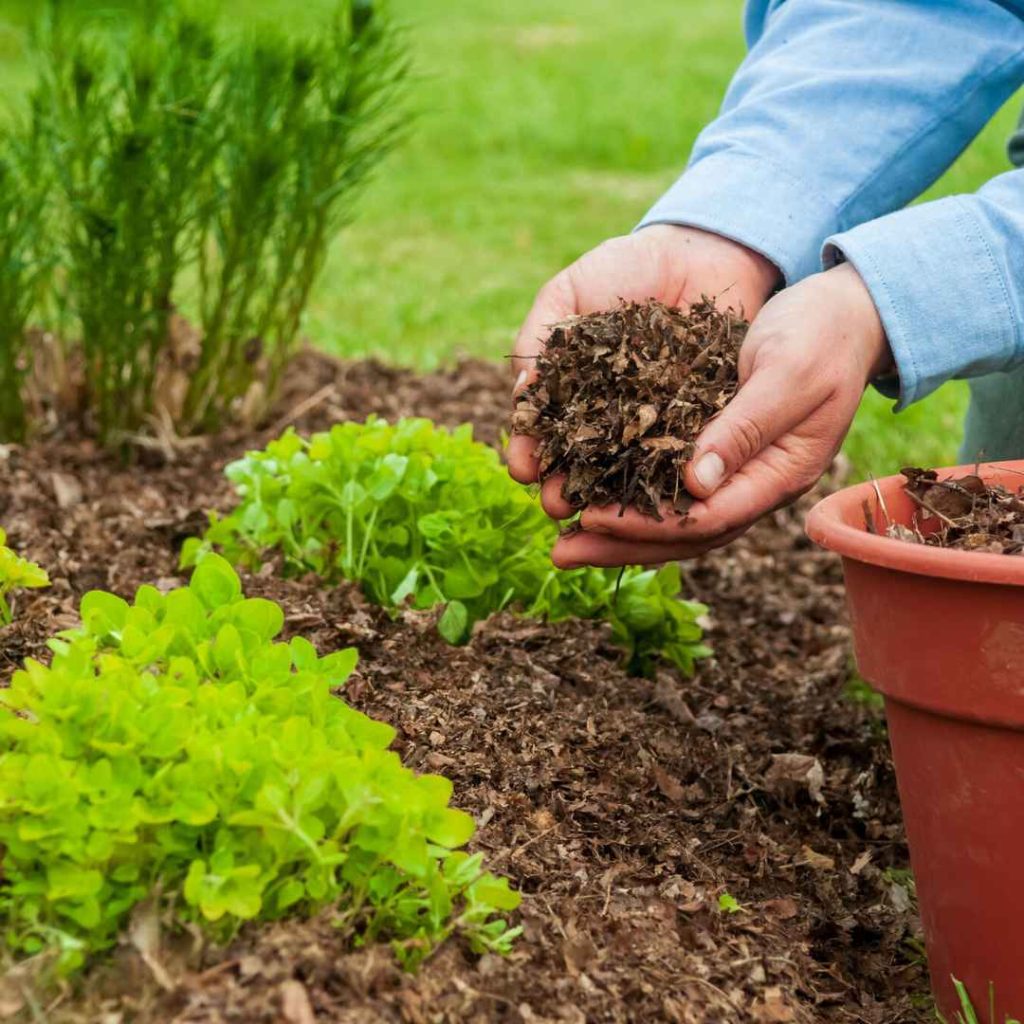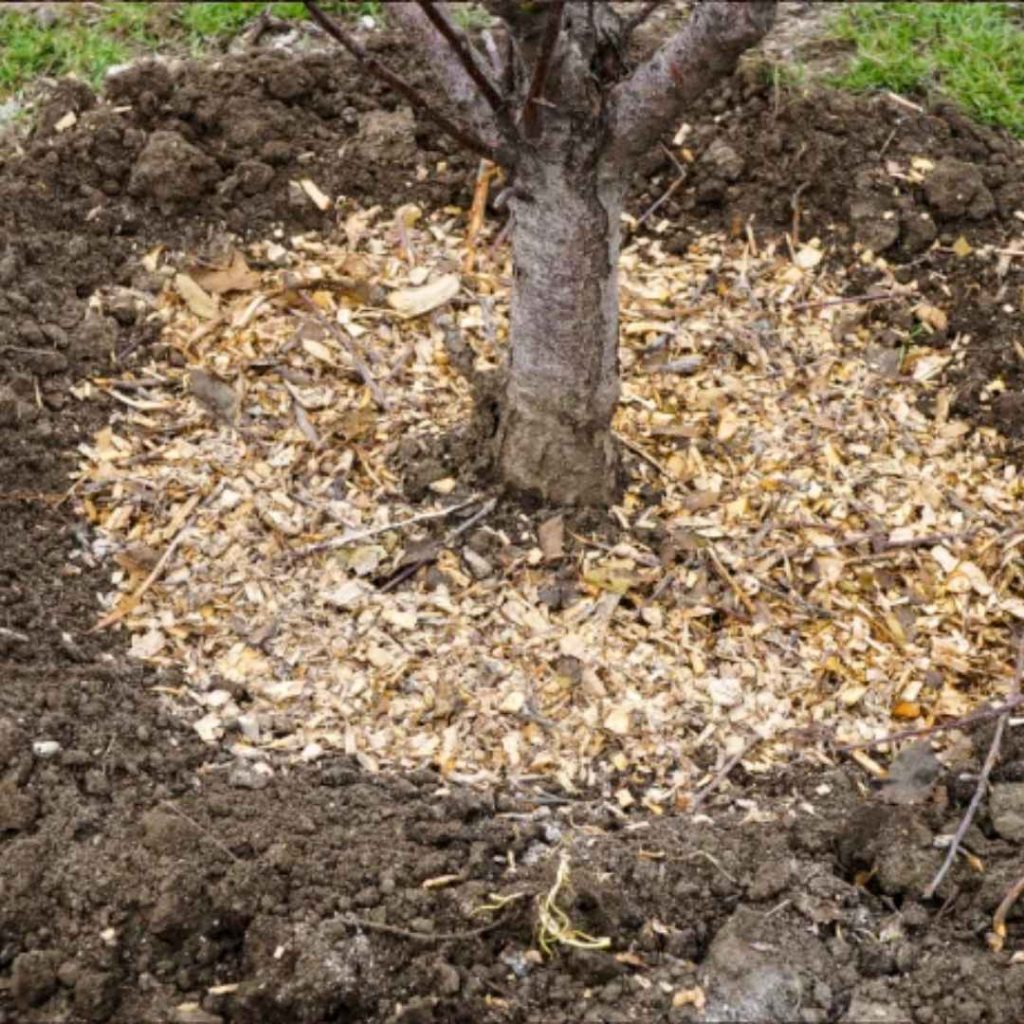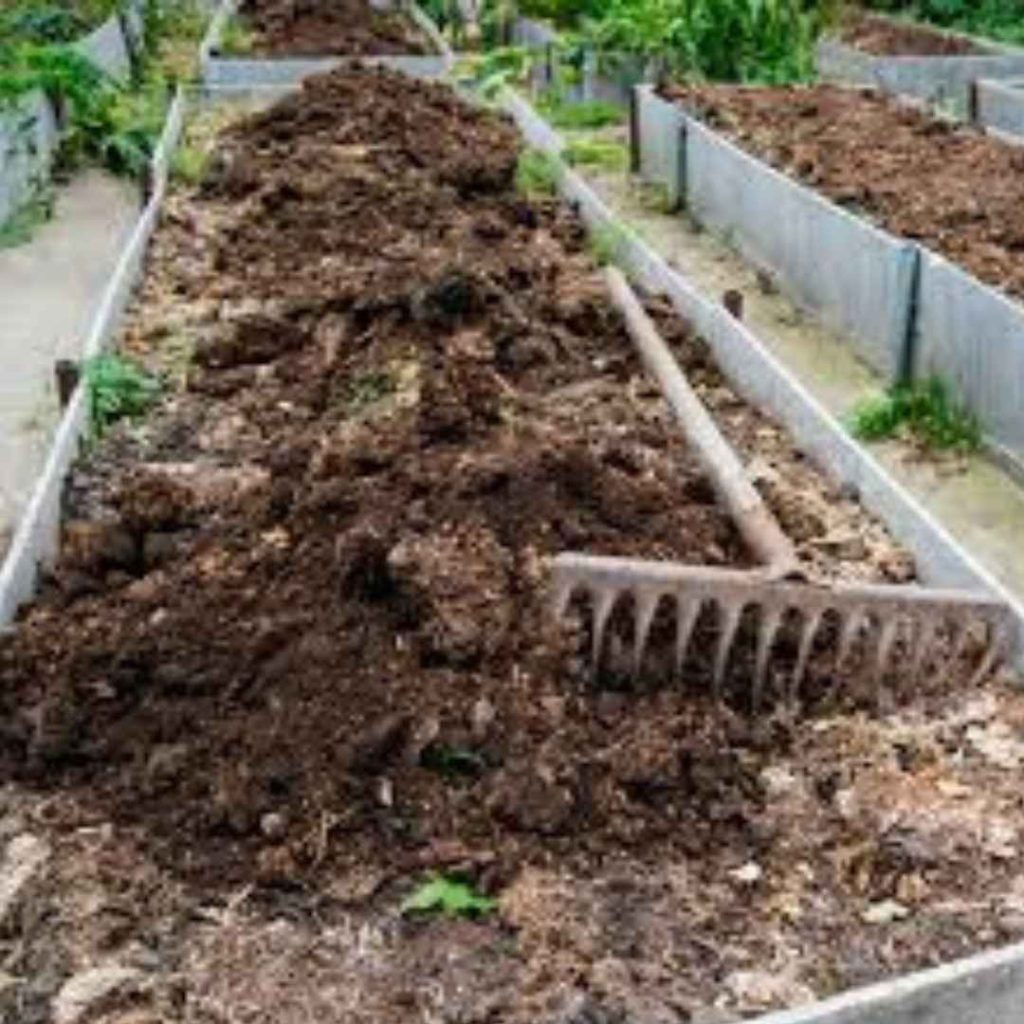In addition to improving the soil surrounding crops, reducing weevils, and conserving fluid, mulching also makes your landscape seem nice and clean and can cut down on the duration needed for chores like mowing and irrigation.
Mulches keep the substrate damp in summertime, allow rainfall to reach the ground in the wintertime, inhibit the growth of weevils, and shield root systems from the cold.
What Is Mulch?

Mulches are layers of stuff or loosened coatings applied to the the substrate’s layer. Mulches may seem utilized to conceal the outermost layer of composting in pots or to protect empty spaces. There are numerous advantages to mulching, contingent upon the kind of mulch utilized, such as:
Aid in the retention of wetness in sediments Cut back on irrigation and eliminate weevils Boost the biological material in the substrate Give nutrition. Keep certain insects away Shield the roots of vegetables against extremely high or low temperatures by warming the substrate in the springtime.
Promote the growth of beneficial microorganisms When crops that are nutritious come into close proximity to the ground, create an obstacle. Apply a finishing touch of decoration.
The two primary categories of mulches are biodegradable and non-biodegradable. Both varieties preserve wetness by lowering drainage from the ground’s surface and inhibit weevils by obstructing daylight, which is necessary for the seedlings to develop and flourish.
When Should Mulch Be Applied?

The optimal seasons to apply mulch are the middle to the end of springtime, when perennial plants are hibernating and annual weevils have still not sprouted, and the fall foliage, when crops are regressing.
They may be used on existing beds and the sample vegetation, as well as alongside freshly planted plants. Any day of season is an ideal moment to mulch young seeds that are struggling to get started since it will help keep the ground damp and minimize weevils.
How Is Mulch Applied?

Complete mulching of beds and boundaries is possible, but careful should be taken to avoid suffocating plants with limited growth or packing mulches up towards tough plant stalks.
Biodegradable mulches must be a minimum of five centimeters (two inch) dense, but preferably 7.5 centimeters (three inch) dense, to be successful.
After weeding, when the earth’s surface remains warm, spread mulches throughout the wet ground. It works well to establish under mulch sheeting when making fresh beds.
It is advisable to mulch the sample shrubbery and solitary trunks up to the canopy’s circumference.
A biodegradable mulch will nourish your soil and vegetation microbes as it breaks down, lowering the requirement for extra soaking nutrition.
Because it can retain excessively humidity surrounding the stems and greenery, it would be advisable to leave the substrate encompassing Mediterranean vegetation, such Thymus genera, un mulched.
Issues:

In broad terms, mulches are trouble-free when properly placed. They could nevertheless weaken tree or representative shrubbery trunks if they come into close touch with them, leaving them more susceptible to illness.
The sort of vegetative matter you use isn’t as critical than applying an extensive sufficient coating to reduce invasive species and conserve water. In addition to improving soil insulation and preventing unwanted plants from accessing ultraviolet radiation deeper coverings will also lessen water evaporation.
Chippings carry a small danger of spreading fungal infection, and contingent upon the condition of the substance, there is a chance of bringing invasive plants, creatures, and illnesses to the yard.
After mulching the substrate, you may require irrigation regularly to get to the roots of the greenery below. However, mulch will also assist rainwater seep into the substrate and reduce evaporation, so you ought to discover that you’re required to irrigate fewer times.
Utilizing recently chipping matter, such hardwood pruning s or trimmings of grass might promote the establishment of soil-residing microbes, but it could deplete nitrogen reservations, allowing little for plant development. prior utilizing any recently shattered substances, preserve it for several days.
Applying mulch doesn’t require removing existing mulch. In the wintertime, fertilizers are applied on the surface of mulches, and rainwater carries them to the roots of plants. Digging weevils that flourish in mulches surrounding everlasting vegetation will prevent damage to the roots of the plants.
Hand-pull weevils and spread more new mulch on top. Because biological mulches may be renewed by laying down a new layer once the old one has entirely decomposed out, they may be simpler to take care of.
If pebbles is not spread heavily, it can occasionally integrate with the existing substrate, which promotes superficial weevils.
What Is The Potential Water Savings?

When natural mulch decomposes, it releases compounds into the ground that aid in retaining moisture. To assist planters manage the transition from primary to falls.
Advice For Mulching:
Mulching might appear like a straightforward operation, but there are a few factors to consider. Here are a few of our top mulching suggestions.
Determine The Extent To Which Mulch You Need To Purchase: Nothing seems more annoying than selecting the mulch of your choice and then running out of it.
Neither Excessively Thin Nor Excessively Heavy: Spread mulch that is two to three inches broad. Anything more dense is costly and useless, and it may contain vermin.
There Is Never An Ideal Moment To Mulch Beds: Mulch will benefit the vegetation at any moment of season. If you spread mulch in the autumn or earlier wintertime and you reside in an area with frigid temperatures, hold off till the earth solidifies before mulching.
Mulch Plants And Shrubbery Adequately: One excellent strategy to avoid getting hurt by clippers and razors is to mulch the area surrounding shrubs and plants. Apply mulch two to three inches in thickness, just like in beds. Mulch should not be piled like an eruption contrary to the bark since this can attract illnesses and pathogens.
